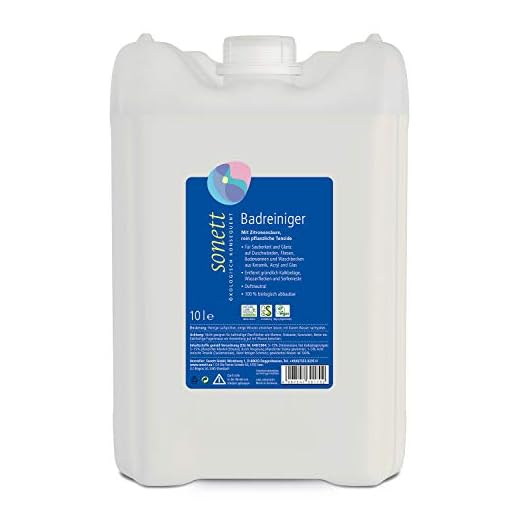
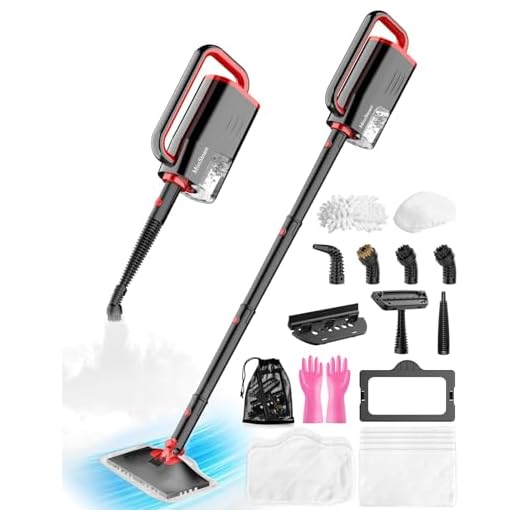

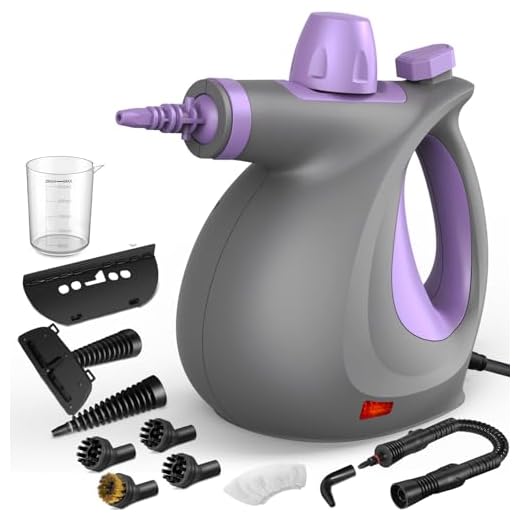
It is advisable to avoid employing a high-pressure cleaning device on ceramic surfaces in the washroom. The intense force can potentially cause damage to grout and even chip or crack the tiles, particularly if they are not of high durability. Instead, opting for traditional cleaning methods or using a soft cloth with specialised cleaners ensures the integrity of the surfaces is preserved.
However, if the objective is to remove stubborn mould or mildew, a diluted cleaning solution applied first can assist in breaking down the build-up. For light cleaning, a gentle approach with a handheld scrubber is often more effective and safer. Always test any new cleaning method on a small, inconspicuous area before full application to ensure it does not compromise the material.
In instances where a high-pressure gadget is still considered, it is crucial to adjust the settings to the lowest possible force and maintain a suitable distance from the wall. Ensuring the nozzle is at least two feet away can help minimise the risk of damage. This measured approach might be acceptable for particularly resilient surfaces that can withstand such cleaning methods.
Potential Risks of Using a Pressure Washer on Bathroom Surfaces
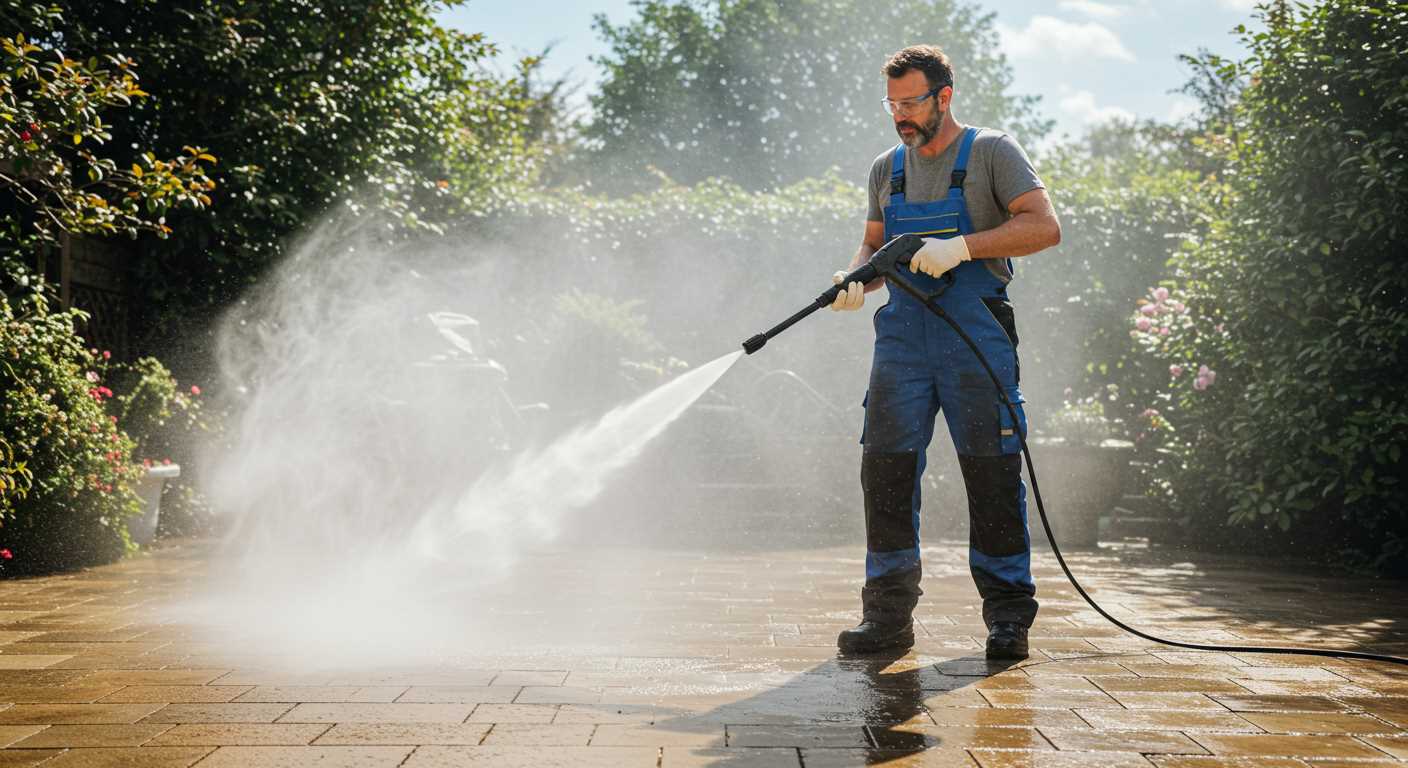
Utilising a high-pressure cleaner on interior surfaces can lead to considerable damage. The risks include:
- Cracking: Excessive force can cause ceramic or porcelain surfaces to crack, particularly if they are older or weakened.
- Grout Damage: High pressure can strip grout from joints, resulting in costly repairs and potential water infiltration.
- Loosening Fixtures: Showerheads, taps, or other mounted accessories might come loose due to powerful jets, requiring further tightening or replacement.
- Surface Damage: Some materials, such as certain types of natural stones, can suffer erosion or discolouration from direct high-pressure exposure.
- Water Intrusion: Inadequate sealing can lead to water getting behind the wall or under the floor, causing mould growth and structural issues over time.
Considerations for Alternative Cleaning Methods
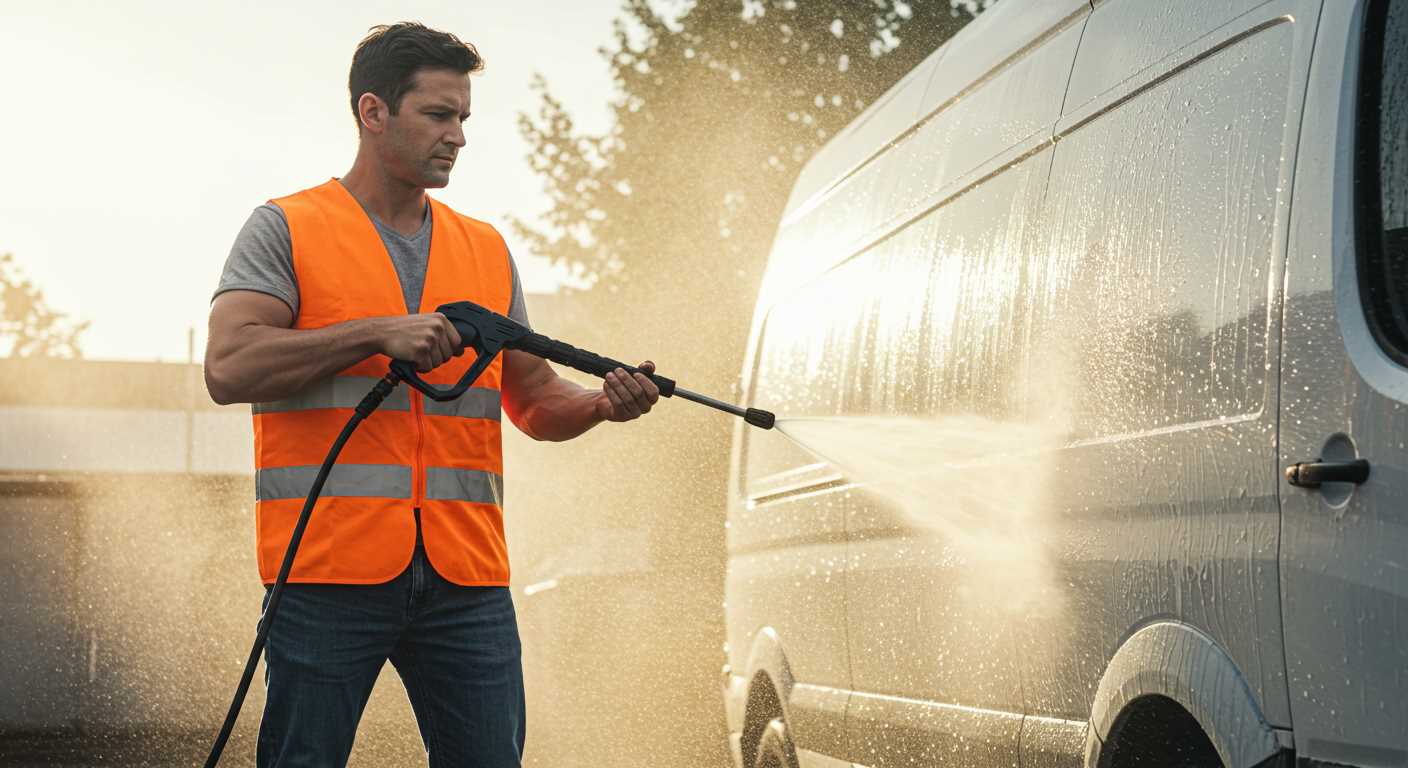
To mitigate these risks, consider the following strategies:
- Opt for soft cleaning techniques, such as scrub brushes and suitable cleaning solutions, tailored to specific surface materials.
- For persistent stains, a diluted solution with gentle scrubbing may be more effective and less damaging.
- Examine manufacturer recommendations for cleaning particular surfaces, as they often provide guidelines for safe cleaning products and methods.
Prioritising the integrity of your surfaces over aggressive cleaning can save on long-term costs and ensure the bathroom remains aesthetically pleasing.
Choosing the Right Washer Settings for Tiles
Adjust the pressure to 1200-1500 PSI for safe cleaning of delicate surfaces. This range effectively removes dirt while minimising the risk of damage. It’s crucial to maintain a distance of at least 12 to 18 inches between the nozzle and the surface to prevent chipping or cracking.
Nozzle Type and Angle

Selecting a fan spray nozzle with a 25-degree angle is ideal. This design disperses the water, providing thorough coverage without concentrating force in one spot. Avoiding narrow nozzles helps in preventing potential harm to grout and tile finishes.
Cleaning Solution
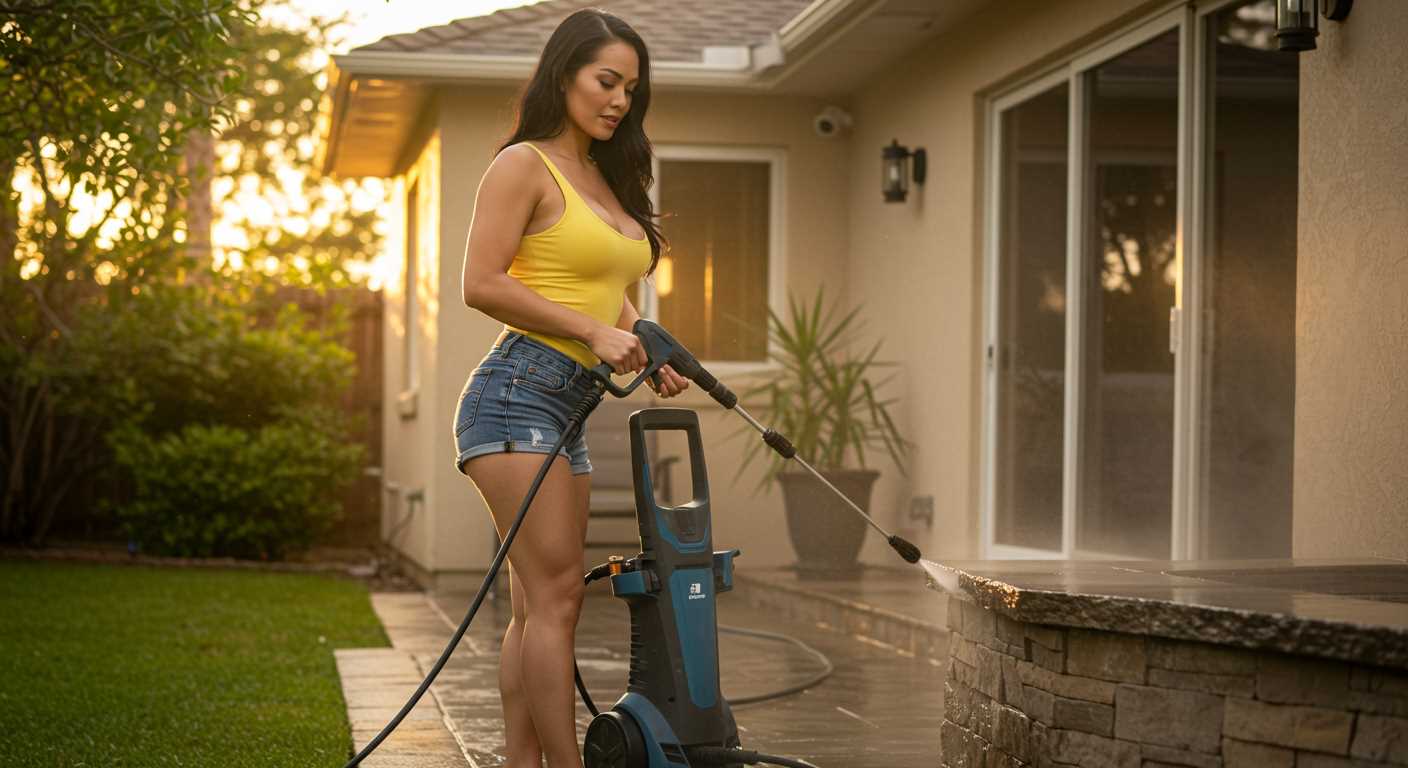
Incorporate a mild detergent specifically suited for tiled surfaces. Pre-soak the area for a few minutes to loosen grime, enhancing the cleaning process. Always rinse thoroughly after washing to eliminate any soap residues that could lead to slippery conditions.
Types of bathroom surfaces suitable for high-pressure cleaning
Ceramic and porcelain finishes are ideal for high-pressure cleaning. Their dense composition resists water absorption and stands up well to harsh conditions. High-gloss surfaces, such as polished porcelain, tend to repel dirt, making them easier to maintain using intense water jets.
Natural stone options
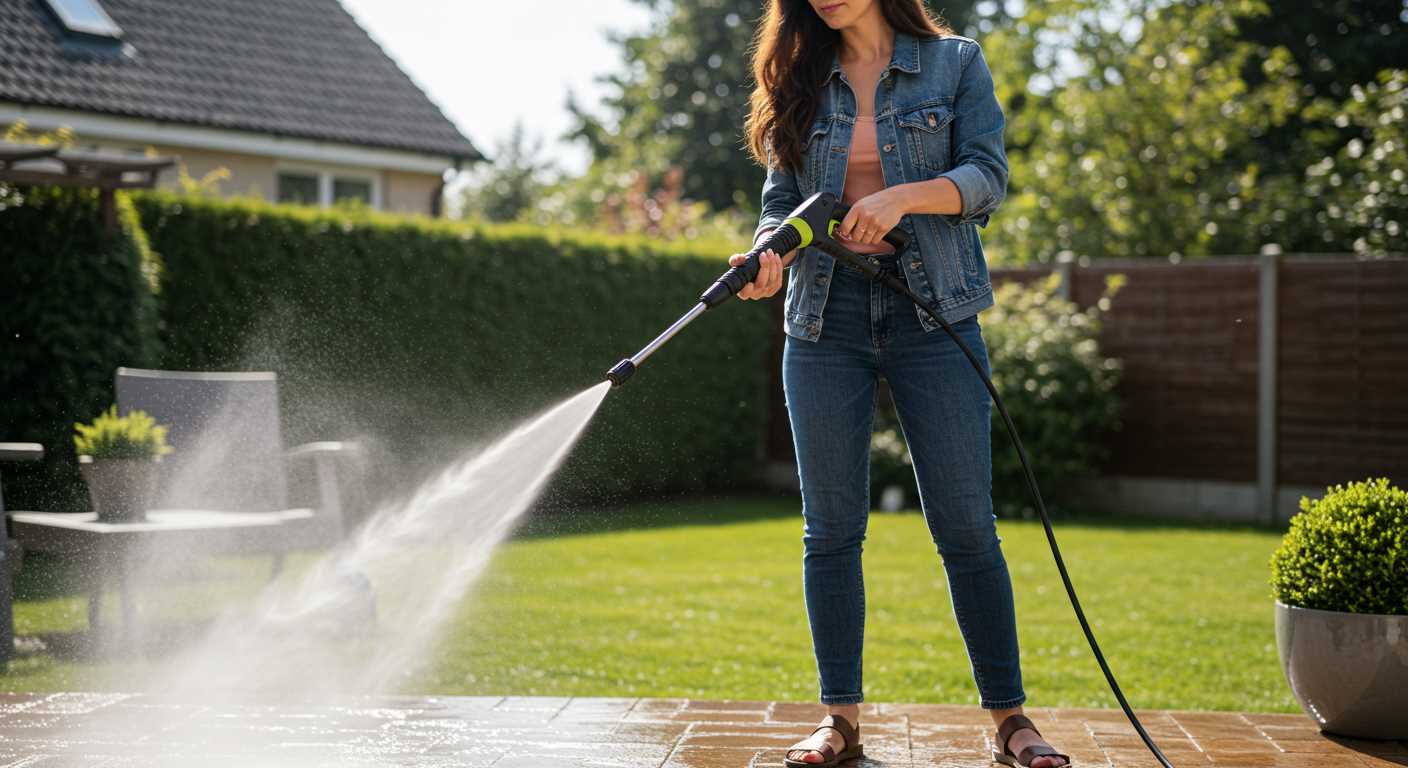
Granite and slate can also endure the force of high-pressure water but require caution. A lower pressure setting is recommended to avoid damage to the stone’s finish. Always ensure a thorough sealing to protect these materials from potential staining.
Vinyl and composite surfaces
Some vinyl options and composite materials provide a practical solution. They can handle vigorous cleaning without risk of chipping or cracking. However, it’s vital to check the manufacturer’s guidelines to ensure compatibility with high-intensity cleaning methods.
Safety Precautions Before Operating a High-Pressure Cleaner Indoors
Always wear appropriate personal protective equipment (PPE), including safety goggles, gloves, and non-slip footwear. This prevents injuries from water spray and slipping on wet surfaces.
Ensure the area is well-ventilated. Open windows or doors to facilitate airflow, reducing the risk of inhaling any harmful vapours or moisture build-up.
Disconnect any electrical appliances and devices nearby to prevent electric shock hazards. Water and electricity are a dangerous combination, particularly indoors.
Cover or remove any items that could be damaged or affected by water exposure. This includes fixtures, towels, or decor that might impede the cleaning process.
Check for potential hazards like loose tiles, mould, or slippery surfaces before starting. Addressing these issues beforehand minimises the risk of accidents.
Test the equipment setting at a lower pressure in an inconspicuous area to evaluate the impact on the surface. This allows for adjustments in pressure before targeting more visible areas.
Keep electrical connections dry and away from water. Use an extension cord rated for outdoor use if necessary, ensuring it is positioned away from where water will be sprayed.
Have a plan for drainage and water removal to avoid pooling, which can lead to slips and water damage. Use towels or a wet vacuum to manage excess water effectively.
Prepare for the possibility of overspray. Protect adjacent surfaces with plastic sheeting, especially if they aren’t meant to get wet. This helps to contain any mess and maintain the integrity of surrounding areas.
After completing the task, inspect the area thoroughly. Ensure all surfaces are dry and free of any hazards before leaving the space to avoid accidents for others who may enter.
Alternative cleaning methods for tiles
For restoring the shine and cleanliness of tiled surfaces, several methods can be employed beyond high-pressure equipment.
Steam cleaning
Utilising a steam cleaner effectively sanitises surfaces without harsh chemicals. The high-temperature vapour removes grime and kills bacteria, making it ideal for sensitive areas like restrooms. Ensure thorough coverage, allowing steam to penetrate stubborn stains.
Baking soda and vinegar
This method involves applying a paste of baking soda mixed with water to the affected areas, followed by spraying diluted vinegar. The reaction between these two substances lifts dirt and restores brightness. After a few minutes, scrubbing with a brush and rinsing with warm water will leave surfaces spotless.
Additionally, a commercial tile cleaner can be beneficial. Select a pH-neutral formula suitable for your surface type, following manufacturer instructions for optimal results. Lastly, regular maintenance routines, like wiping down surfaces after each use, will significantly reduce grime buildup and make deep cleaning less frequent.
Maintenance Tips After Cleaning Tiles with High-Pressure Equipment
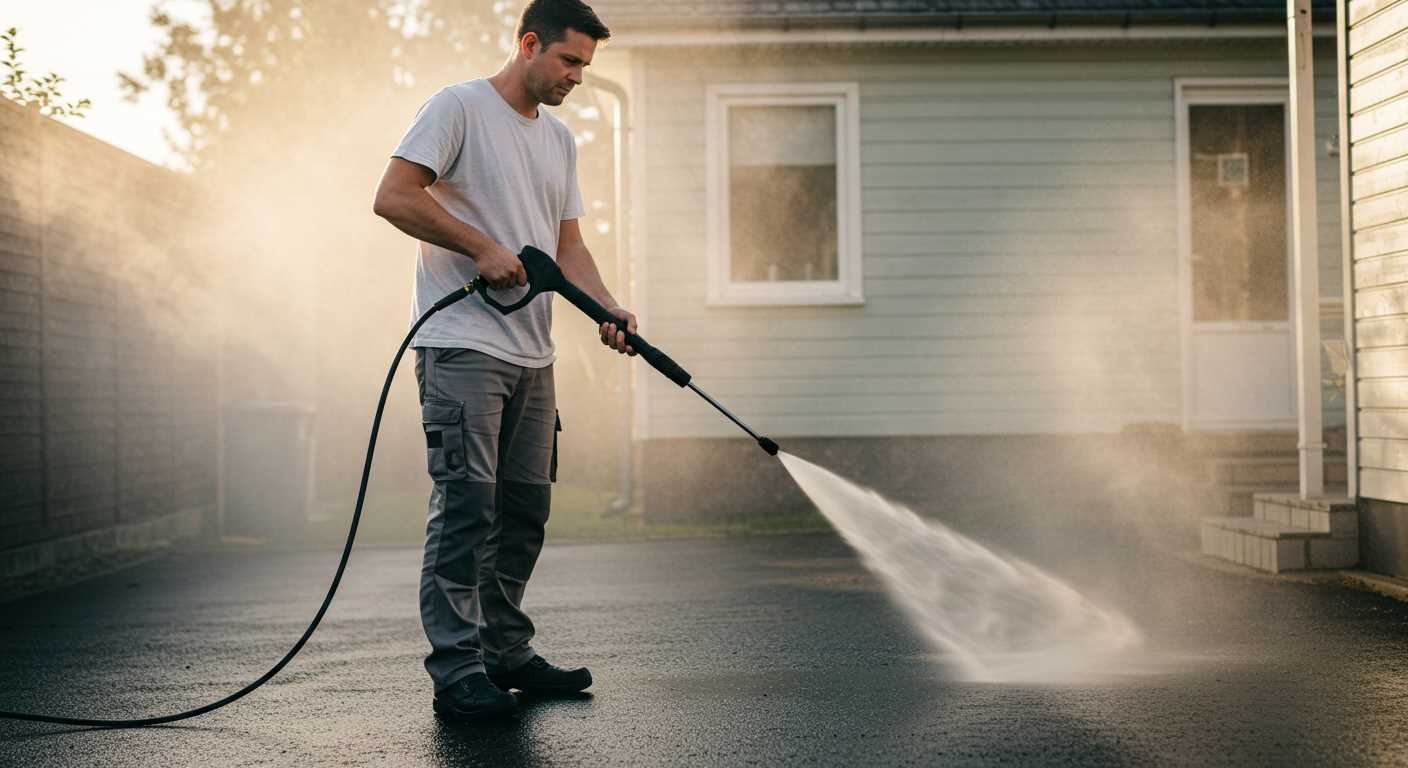
After tackling surfaces with high-velocity equipment, ensure proper maintenance to retain a pristine appearance and prolong lifespan. Start by thoroughly rinsing away residual cleaning agents or dirt with warm water. This will prevent any potential staining or dullness.
Sealing and Protective Treatments
Consider applying a sealant tailored for your specific surface type to reinforce protection. Sealing helps guard against moisture and grime accumulation, enhancing overall durability. Check manufacturer guidelines for the recommended sealing products and application techniques.
Regular Inspections
Schedule routine checks for any signs of wear or damage. Look for cracks, chips, or loosening grout that may require immediate attention. Addressing these issues promptly mitigates the risk of more extensive repairs later.
| Action | Frequency |
|---|---|
| Rinse surfaces with warm water | After every cleaning session |
| Inspect for damage | Monthly |
| Apply sealant | Every 6-12 months |
| Deep clean with suitable products | Bi-annually |
For persistent stains, utilise specific cleaning agents compatible with the material. Always follow safety instructions and manufacturer’s recommendations for any products used during maintenance. Maintaining a routine will help keep surfaces in top condition and looking fresh over time.







